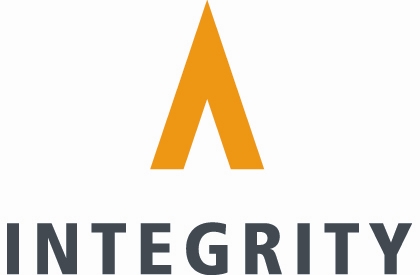It’s getting harder to buy a lot of products these days. We see how supply chain disruptions across the planet are impacting business’ ability to obtain materials at the price they want, and within the timeframe they need. But one thing we’ll never see a shortage of is advice. It’s on bookshelves, YouTube, and in your email. It’s readily available in impromptu conversations at the local market and during dinner with friends.
This, of course, is not a new phenomenon. Long before Ben Franklin penned Poor Richard’s Almanac, there have been people eager to share their wisdom, experience, or unique perspective in the hope that it will help others achieve success or avoid pain. In fact, I’ll speculate that there were traders in ancient Greece, and even Mesopotamia who scratched out their Top 5 rules for making money in olive and grain futures. We know that the emperors of Rome and the princes of Florence employed management consultants.
From Machiavelli to McKinsey, the advice industry has thrived by producing large volumes of content and packaging it for sale to eager business owners.
This article is not about where to find good advice. Assuming everyone has access to as much information they could want on whatever subject they’re focused on; I’d like to share a simple practice for choosing the 1-2% of advice that matters. This method helps you to quickly sift through all the background noise to find the best information for your situation and ensures you’ll know what to do with it.
First, it’s important to know what form advice most often takes. I view it as falling along a spectrum with “ideas” on one end and “solutions” on the other. Ideas are just random thoughts that anyone can pull out from … er … the air. People who share ideas often use the phrase, “have you thought about this?”. Whether it’s around management, career, or investments – an idea costs nothing because the person who shares it has no stake in the result.
A solution, on the other hand, is well thought out and almost always includes a series of steps and methods with which it can be actualized. A solution is a map leading to a specific result with all the elements necessary for achieving it. It often begins with the phrase: “Here’s what you should do!”.
With this in mind, we can now select the few solutions that answer the specific questions we have (and lead us to getting what we want) from the many ideas blowing around our industries and markets.
Benefiting from a good solution involves three steps: comprehend, synthesize, and act decisively.
When put into regular practice, this method is sure to level up your ability to use advice for the greatest advantage. Here’s how it works:
Comprehend: Good advice is easy to understand. Although it’s incumbent on the person giving the advice to present it in a clear and concise manner; if it’s too difficult to grasp, it’s probably not that good in the first place. So, if you have trouble with comprehending what your being told – disregard it and seek other solutions.
Synthesize: To effectively synthesize information means weaving it into your own worldview. The receiver needs to absorb the information in such a way that she transforms it to fit her environment. When you can visualize the solution taking place in your own business, you begin to believe that it will work.
Act Decisively: While belief is necessary, no solution is self-actualizing. To act in this way means more than just following the map. Decisiveness generates both the energy to start, as well as the commitment to stick with it when it gets tough. The key is to maintain that energy and commitment until the result is reached.
Look, there are plenty of people in the world who have good ideas and real solutions. Some of them will apply to you. And when you find an answer that you’ve been looking for, you’ll need to experiment and adapt it to your own business to benefit. Just remember to: comprehend, synthesize, and then take decisive action. And that’s my advice.



